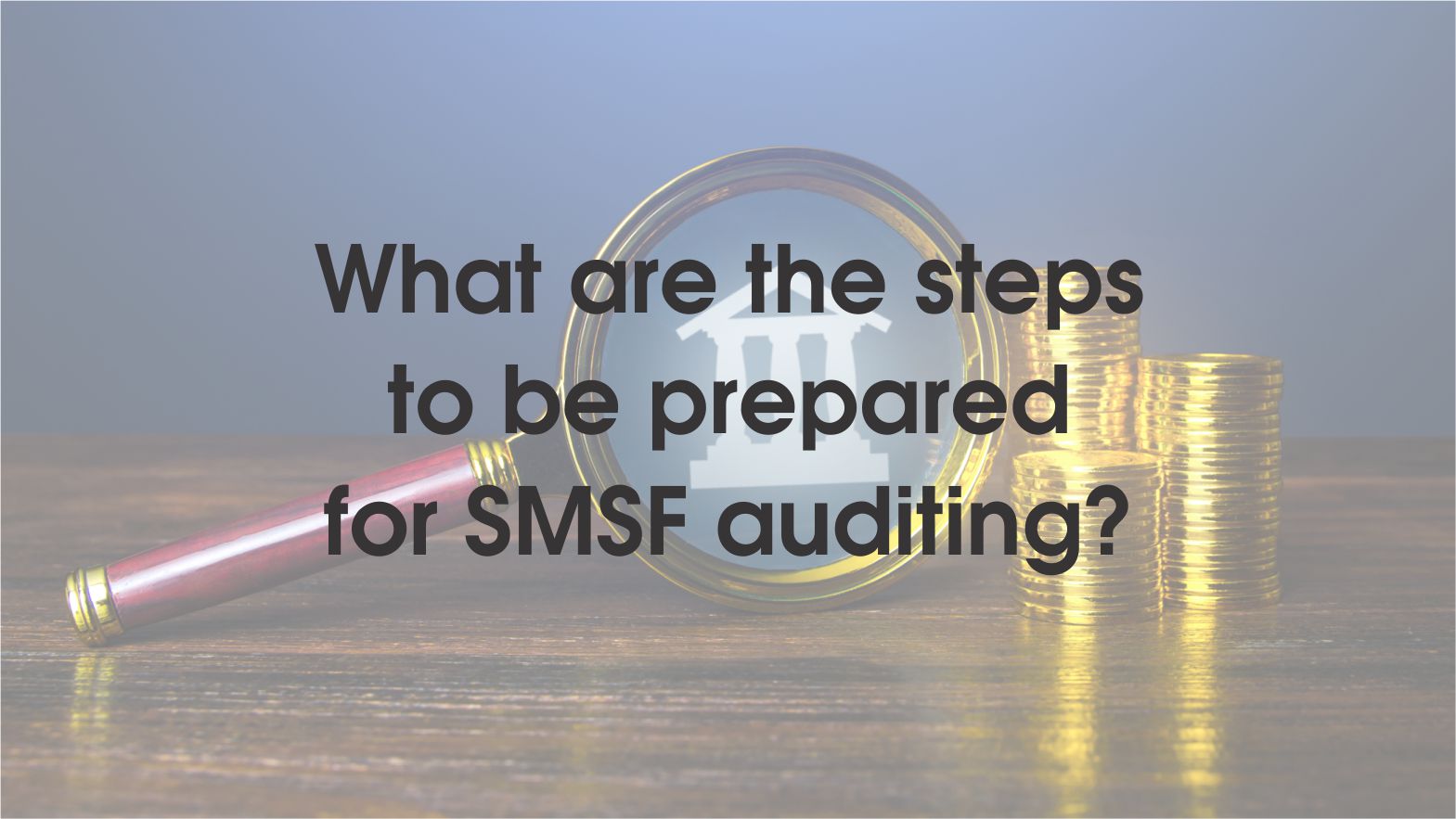What are the steps to be prepared for SMSF auditing?
Are you aware about all the requirements for an SMSF audit? As the new financial year begins, you may be wondering what steps need to be taken in order to prepare your income tax return or business activity statements. It’s important to keep up with regulatory requirements by conducting regular audits. This will help to ensure that your fund’s financial records are accurate or not.
Organizing an SMSF audit is important for ensuring an easy and smooth process. By starting the process early, potential issues can be identified and addressed before they become problems. In this blog, we are going to talk about the steps to manage your super smsf audit.
Steps to Prepare for an SMSF audit
These are the following steps that need to keep in mind while preparing for an SMSF audit compliance checklist:
Step 1: Assemble required documents
Prepare the list of the required documents that the auditor will need, such as financial statements, tax returns, bank statements, investment records, and records of contributions etc. Collecting all required documents aids faster processing and gives user time to track missing or incomplete records. This will be the first step to prepare for an SMSF audit.
Step 2 : Review investment strategy
The investment strategy plays an important role, and it should be well documented. Outlining your fund objectives such as risk tolerance, and diversification helps the auditor to understand the requirements of the user. Make sure that the strategy should be up-to-date and aligned with the fund’s current investment. After that, the auditor will review the investment strategy to ensure that it is consistent with the current plan.
Step 3: Check funds compliance
It is important to be aware of all relevant laws and regulations when it comes to your fund’s contributions, benefits, and sole purpose test. Ensuring donations fall within appropriate caps, benefit payments comply with trust deeds and super laws, and funds are used only for retirement purposes. It can be helpful to review your fund’s compliance regularly in order to ensure its current state and eliminate the error on time.
Step 4: Review fund insurance
Reviewing fund insurance is the most important task and it will be beneficial for its members. This includes reviewing life insurance, income protection insurance and permanent disability insurance.
Step 5: Manage your record
The documents should have to be managed and organized properly in order to track all the transactions that will help the auditor to review them to ensure a smooth and efficient audit process. The user can consider a digital filing system to manage and keep track of all the records and documents. It will be easy for the members to access the data at any time when needed.
Step 6: Understand the process of audit
Understanding the process of auditing will help the user to get familiar with the overall process and what to expect during the audit.
Step 7: Understand responsibilities as a trustee
As a trustee of an SMSF, it is very essential to understand the roles and responsibilities to ensure that you meet all the obligations. This may include complying with the fund’s trust deed, keeping accurate financial records, and ensuring that the fund is being operated for the benefit of its members as per their wishes.
Step 8: Seek personal advice
If you have questions about the audit process, don’t hesitate to seek professional advice from accounting smsf outsourcing service provider. This may include consulting with your auditor, a financial planner, or a legal professional. They will help you out in understanding the process of auditing in detail.
Conclusion
Auditing SMSF is a lengthy process, but doing it in a correct way will benefit its members to get the maximum profit out of it without getting penalties. We provide SMSF outsourcing services that will help you to strategies and plan your SMSF in a very effective way. Get in touch with us to know more or consult our advisor for more information via email info@airanglobal.com.




